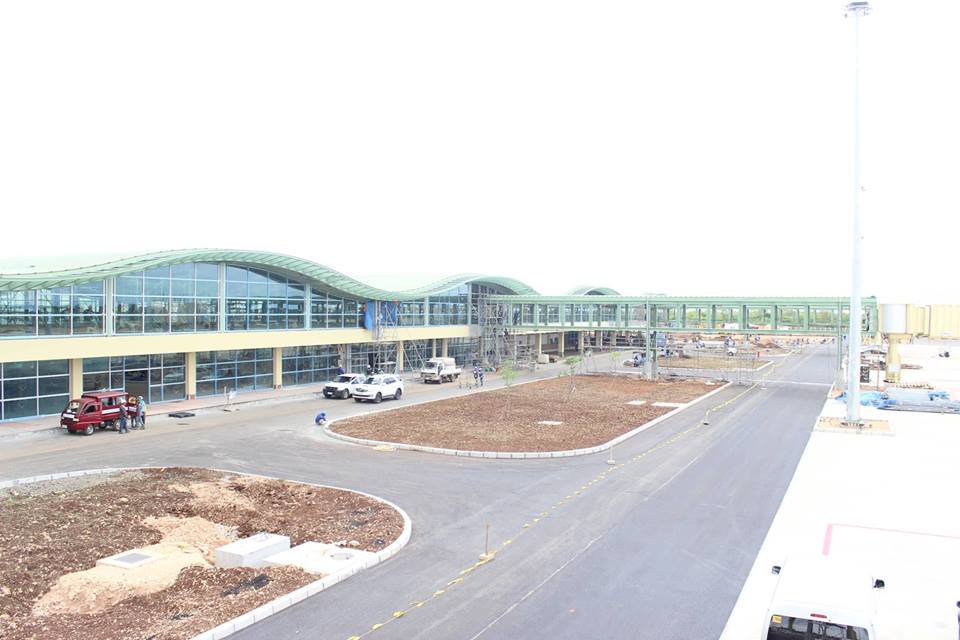Business and Economy
PH’s first eco-airport to open on November 27

FILE: The DOTr Team conducted a progress inspection of the Bohol “Panglao” Airport today, 13 September 2018, in preparation for its upcoming inauguration on the 4th quarter of 2018. (Photo: @DOTrPH/Twitter)
Dubbed as the country’s “Green Gate to the World” as the very first eco-airport, the Bohol Panglao International Airport is set to open its gigantic doors on Tuesday, November 27.
This is after the P 11-billion worth airport’s scheduled launch dates were repeatedly moved after supposed setbacks.
The airport also known as the New Bohol International Airport was originally projected to finish by the year 2021, but according to Transportation Secretary Arthur Tugade, “the 2021 target is just too long.”
Following this, several inauguration dates have been announced starting from August this year, being moved to October, and lastly this November. But the Department of Transportation (DOTr) defended that these “delays” did not happen during their stint in the Duterte administration, as the said airport was started on 2003.
“We have not been causing the delays. In fact, this administration is bearing the burden of catching up on delayed projects,” DOTr said in a statement in September.
The Duterte administration took over the project on July 2016, and the said project was reportedly at a 6.48 percent of completion progress.
Last month, an ABS-CBN report also said that it was mostly due to bad weather that delayed the opening date three times.
With the Bohol airport at 95.36 percent of completion that time, the project director Edgar Mangalili told the news site that the inclement weather delayed the delivery of materials, which eventually affected construction.
Tagbilaran Airport which served as the main airport in the area will be replaced by the Bohol Panglao International Airport. The opening of this airport, according to Mangalili, is also expected to absorb the traffic in Tagbilaran Airport.
With over 13,000 square meters, the Bohol Panglao International Airport can accommodate seven aircraft and two million passengers, which is more than the doubled capacity of the Tagbilaran airport.
As an eco-airport, the Bohol Panglao International Airport has solar panels installed on its roof to provide 30 percent of its electrical requirements and is mainly relying on natural ventilation.





















